In praise of Pines.
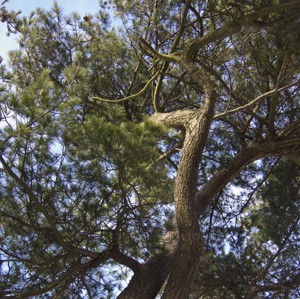
Pine trees are found across the world, there are over one hundred different species. Many are native to the coniferous forests (Taiga) of the Northern Hemisphere. Their evergreen needles (leaves) offer shade in summer, and the trees may offer a degree of shelter from the winds of autumn and winter. Gardeners and foresters 'like' Pines as they generally tolerate nutrient poor and somewhat dry soils. In the period after WW2, considerable areas of ‘low grade’ land were pressed into service (in the U.K.). Areas around Thetford and Kielder were used, as were some sandy coastal sites (for example, Holkham in Norfolk) and many large tracts of land in Scotland. Pines are central to the business of agroforestry in places like the U.K, New Zealand and Brazil, providing a source of lumber.
Coniferous plantations can form dark, regular, ‘rectangular' blocks of almost uniform colour – as natural as any other monoculture, such as a sugar cane or palm oil plantations. 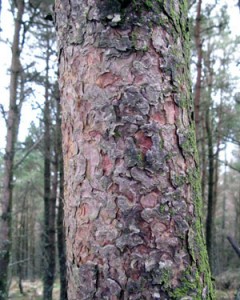 Whilst Scots Pine, Yew and Juniper are conifers native to the U.K, introduced species – such as Corsican Pine and Larch (though this is deciduous) are also grown. The planting of Scots Pine has a number of attractions.
Whilst Scots Pine, Yew and Juniper are conifers native to the U.K, introduced species – such as Corsican Pine and Larch (though this is deciduous) are also grown. The planting of Scots Pine has a number of attractions.
- It is a long-lived tree (can span 150-200 years)
- The orange bark that appears half way up the trunks and into the crown, offset by the bluish-green needle foliage, is attractive.
- It produces cones in most years providing seeds for crossbills, siskins and redpolls. The trees are also good habitat for the goldcrest, members of the tit family, especially coal tits, and the long-eared owl.
- A benefit of this regular flowering and cone production is widespread natural regeneration. The Scots Pine is sometime used in the ‘recreation’ of Caledonian Forest.
The timber derived from many types of Pine is used in the building industry and furniture construction. Some species of Pines are grown specifically as ‘Christmas Trees’ and other species provide “Pine Nuts’ - the seeds formed in their cones. 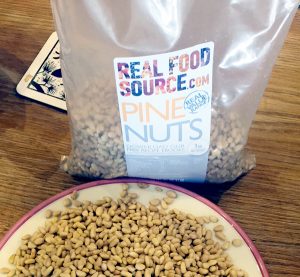
The wood from immature trees or soft wooded species can provide wood pulp for paper products. The wood can also be used as a source of fuel, for warmth or cooking; as it burns it emits a particular fragrance - due to the sap and resins present with the wood.
When a pine tree is cut / wounded, it produces a pale yellow and sticky fluid - RESIN (or oleoresin) to seal the cut or wound. This helps prevent the entry of pests or pathogens, and stem water loss. This resin is rich in terpenes, which are made from units of isoprene, which has the formula C5H8. The basic formula of a terpene is (C5H8)n , where n is the number of isoprene units that have been joined together.
Terpenes are used in the building of many complex organic molecules (for example, steroids) and contribute to the make-up of volatile oils - produced by many plants. The terpenes are abundant as a class of natural products - readily available in pine oils and research at the University of Bath suggests that they can be turned into chemical feedstock using existing petrochemical technologies. 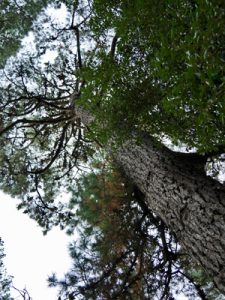 Whilst the terpenes been used in limited quantities since ancient times (mainly as flavours and fragrances) they have yet to be exploited for the production of feedstock - even though they represent a potentially vast resource.
Whilst the terpenes been used in limited quantities since ancient times (mainly as flavours and fragrances) they have yet to be exploited for the production of feedstock - even though they represent a potentially vast resource.
One particular feature of coniferous woodland and forest is the scent. Conifers, such as the Pines, give off a variety of volatile oils (aka biogenic VOC’s) that contribute to this unique aroma. Recent research has established that these volatile compounds / vapours are not only responsible for the characteristic scent, but they are significant in the formation of aerosols found in the air in and around the trees. [An aerosol is a ‘mixture’ of very small particles (solid or liquid) in air. Examples of aerosols include mist, cigarette smoke, or car exhaust fumes].
Whilst, it has been known for some time that the VOC’s from pine and other conifers can help form particles that grow, the mechanism by which they grow from just 1 nanometer (one billionth of a metre) to 100 nanometers (in about a day) has now been worked out. The particles enlarge by forming free radicals and then combining with ozone in the surrounding air, and they condense on any surface or particle that they encounter.  As they react, they grow in size and join together to form bigger particles so aerosols form that are capable of influencing local environmental conditions. They do this because aerosols reflect sunlight (so the heating at the earth’s surface is reduced), plus they can help promote water vapour condensation so that water droplets and (then) clouds can form. Clouds again mean that less sunlight hits the earth’s surface. If the aerosols formed in and around the boreal forests can reflect sunlight, then they might mitigate some of the effects of climate change / global warming. Woodland scents become reflective, cooling particles.
As they react, they grow in size and join together to form bigger particles so aerosols form that are capable of influencing local environmental conditions. They do this because aerosols reflect sunlight (so the heating at the earth’s surface is reduced), plus they can help promote water vapour condensation so that water droplets and (then) clouds can form. Clouds again mean that less sunlight hits the earth’s surface. If the aerosols formed in and around the boreal forests can reflect sunlight, then they might mitigate some of the effects of climate change / global warming. Woodland scents become reflective, cooling particles.
Resin from pine trees is a commercially important product. To collect it, trees were wounded by a series of V shaped cuts down their trunks and the oozing resin channeled into container tins - attached to the bottom of the cuts. A process not dis-similar to the collection of rubber latex. This resin is rich in terpenes (such as pinene) and it can be modified to form molecules known as terpenoids. When the collected resin is subjected to distillation, turpentine is one of the products (aka : wood turpentine, oil of turpentine or turps). This can be used as a solvent and to produce varnish; and when mixed with beeswax produces a fine furniture wax. 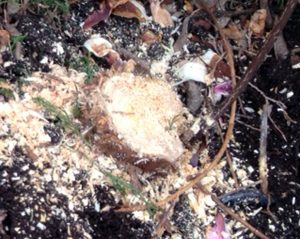 Turpentine can be further modified to form pine oil and used as a fragrance.
Turpentine can be further modified to form pine oil and used as a fragrance.
Recently, research at the University of Helsinki and the Natural Resources Institute in Finland has shown that stumps of Scots Pines (and Norway Spruce) are rich in bioactive compounds - such as stilbenes (e.g. resveratrol - which is thought to be the active compound in red wine and certain fruits - lingonberries). They are thought to help protect cells from oxidative stress which is associated with the ageing process and possibly degenerative disease. Stumps are currently collected and often burnt for energy - but it may be that they will yield high value chemical products for the cosmetic industry and for medical applications.
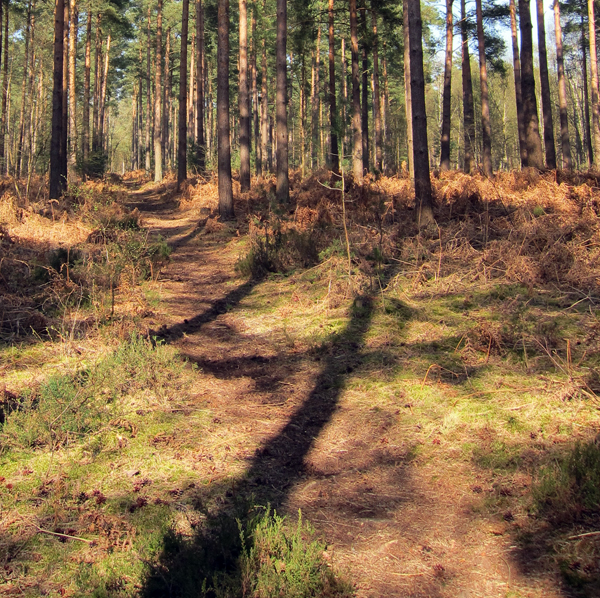
Pathway through the Pines
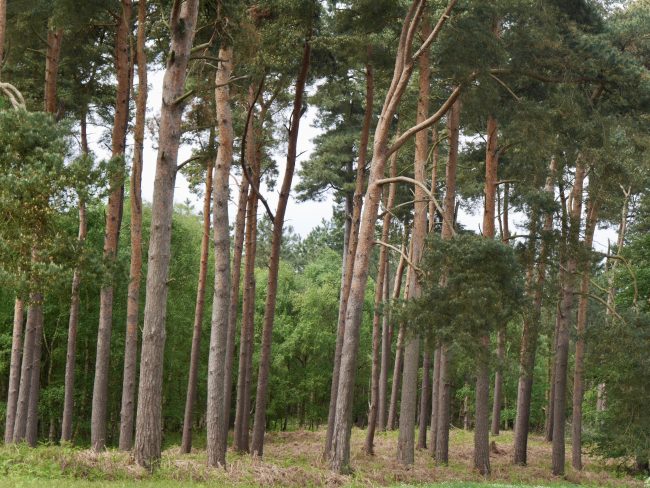
Lofty Pines
Comments are closed for this post.
